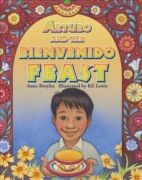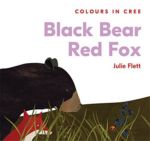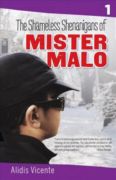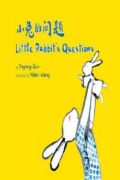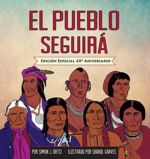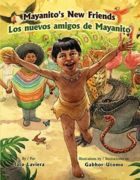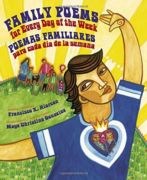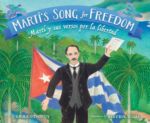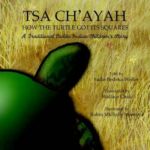
Bilingual Edition in English and Caddo Language Tsa Ch¿ayah/How The Turtle Got Its Squares is a traditional Caddo Indian story that reaches back through countless generations into the Caddo past in what is now Arkansas, Louisiana, Texas and Oklahoma. In those days much of the entertainment and education of Caddos took the form of stories and songs that were passed from generation to generation in the Caddo language. They explained the natural world, history, and moral lessons. In the late 1950¿s linguist Wallace Chafe met storyteller Sadie Bedoka Weller, recorded this story and transcribed it in an alphabet customized to the sounds of Caddo. In recent generations the Caddo language has fallen almost completely out of use; stories like Tsa Ch¿ayah have rested silently in archives and scholarly books. Now the Kiwat Hasinay Foundation has brought the story to life again, with original illustrations by Caddo artist Robin Michelle Montoya. The text is written in Chafe¿s alphabet, and the actual voice of Sadie Bedoka can be heard on a CD that is available to accompany the book. Tsa Ch¿ayah, with its bilingual format and CD, helps children read and write English, read and write Caddo, understand and even speak a sample of spoken Caddo. Above all, it brings the wisdom and culture of the past once again into the present and future of the Caddo people. –Alice Anderton, Intertribal Wordpath Society Retold for the first time in print with Caddo language and English text and delightful illustrations, this charming book introduces a story told by generations of Caddo Indian Nation storytellers to capture the imaginations of their children. The story of ¿How The Turtle Got Its Squares¿ will fascinate and entertain new storytellers and their young listeners alike.
